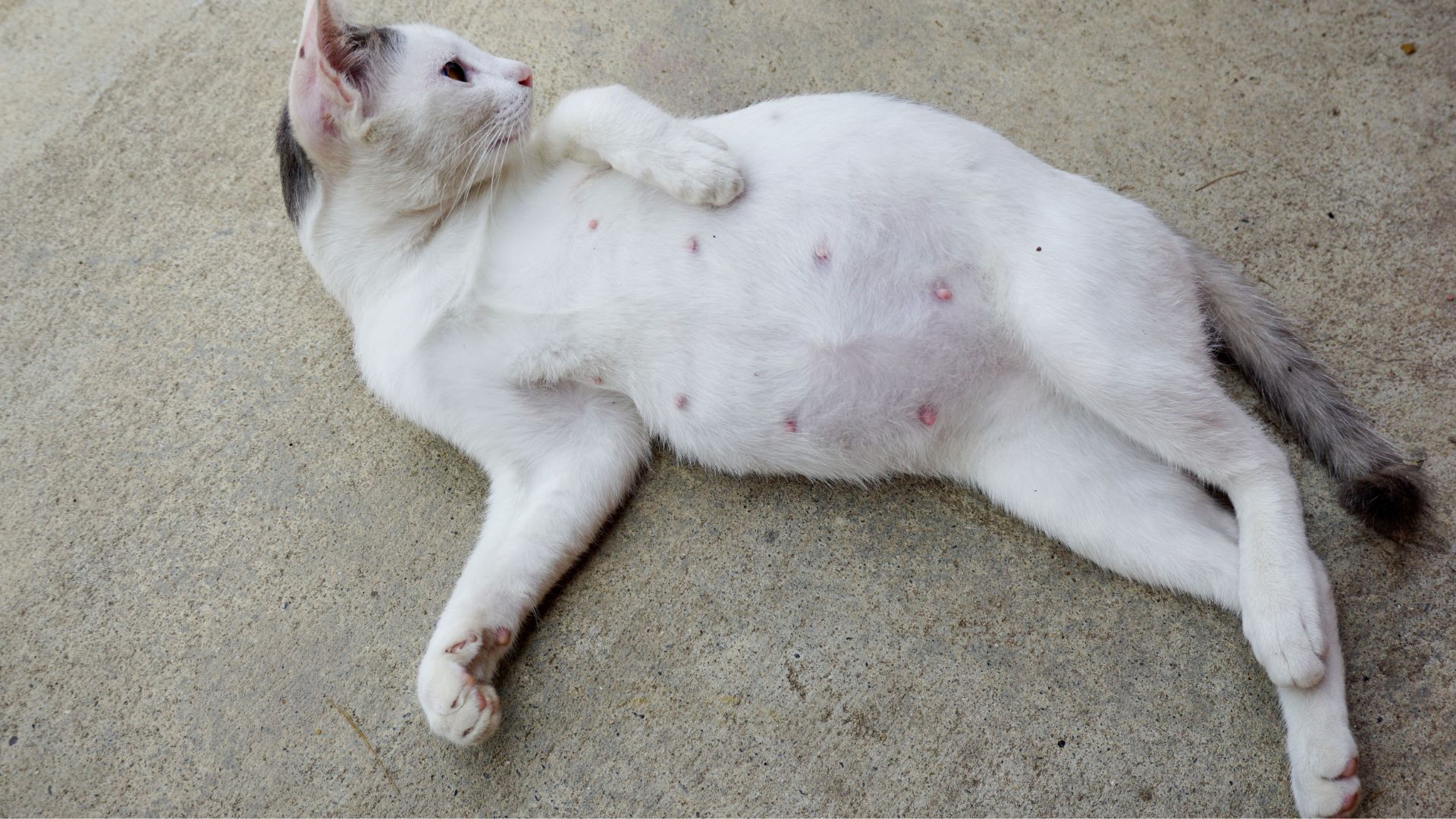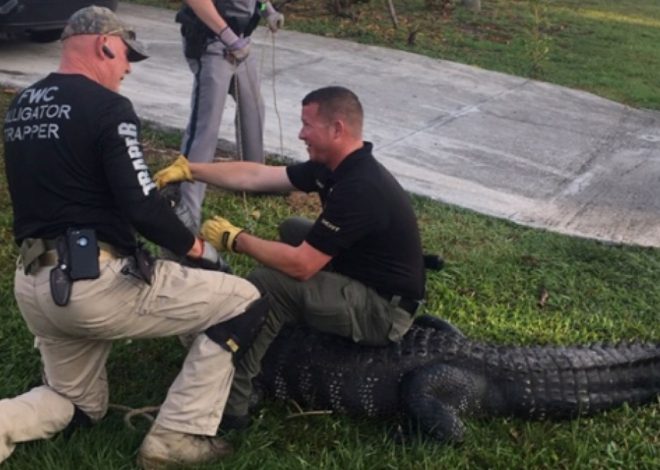
How long are cats pregnant
Table of Contents
How long are cats pregnant?
Cats are pregnant for approximately two months, which translates to about 63-65 days on average. The gestation period for cats can range from 52 to 74 days, with the average length of gestation being around 64 days.
During this time, pregnant cats go through different stages of pregnancy, and it is essential to provide them with proper care and nutrition to ensure the health of both the mother and the kittens.
What are the signs of pregnancy in cats
The signs of pregnancy in cats include:
1. Heat Cycle Change: A pregnant cat will stop having her regular heat cycle, which typically occurs every 10 days to two weeks.
2. Increased Appetite: Pregnant cats may exhibit an increased appetite, consuming about 1.5 times their normal diet to support themselves and their developing kittens.
3. Darkened Nipples: The cat’s nipples will swell and become darker and more engorged, especially if she has had multiple litters.
4. Vomiting: Morning sickness is common in pregnant cats, similar to humans. Regular vomiting early on in the pregnancy may indicate pregnancy.
5. Weight Gain: Pregnant cats may experience a weight gain of two to four pounds, particularly later in the gestation period.
6. Longer Sleep Periods: Pregnant cats may sleep for longer periods as their bodies undergo changes.
7. Affectionate Behaviour: Some pregnant cats may exhibit an increase in affectionate behaviour, seeking more attention from their owners.
These signs can help pet owners identify if their cat is pregnant and prepare for the upcoming birth of kittens.
What are the risks of pregnancy for cats
The risks of pregnancy for cats include pre-eclampsia, which occurs when the mother’s body cannot keep up with the increased demands for calcium during pregnancy and nursing, leading to a drop in calcium levels in the blood and potentially life-threatening symptoms such as restlessness, nervousness, disorientation, stiff legs, and panting.
Over-supplementation of calcium may actually make matters worse, as it can cause decreased blood calcium levels by shutting down the parathyroid gland’s regulation of calcium in the bloodstream.
Gestational diabetes is another risk, which occurs when glucose metabolism is affected, leading to high blood sugar levels that can cause health problems for both the mother and the kittens.
The risk of these complications increases with age and varies between breeds. It is important to provide proper care and nutrition to pregnant cats to ensure their health and the health of their kittens.
What is the gestation period for cats?
The gestation period for cats is typically between 63 to 67 days, but it can be difficult to know the exact duration of pregnancy. The cat pregnancy period is often divided into three trimesters, with each trimester lasting around 20 days.
During the first trimester, the cat may show behavioural changes, decreased appetite, nausea, or vomiting, and the nipples will become larger and appear more pink than normal.
During the second trimester, additional behavioral changes occur, such as increased appetite or grooming under their belly and tail, and weight gain is noticeable.
The cat’s nipples will also appear larger as the mammary glands begin producing milk. During the third trimester, the cat will have extremely noticeable mammary development, and exhibit more grooming behaviour of their belly and underneath the tail.
It is important to note that some cats may develop a rare condition known as “pseudopregnancy,” or a false pregnancy, which can cause mammary development and other symptoms of pregnancy without actual pregnancy. Therefore, it is recommended to see a veterinarian right away if you believe your cat is pregnant to rule out this condition.
Additionally, eclampsia, also referred to as hypocalcemia or puerperal tetany, is an emergency medical condition associated with a life-threatening drop in blood calcium levels that occurs in nursing mothers. This condition is rare in cats but can occur when the kittens are one to four weeks of age, and the mother is producing the most milk.
The signs of eclampsia include restlessness, panting, stiffness, and inability to walk, which can progress to muscle spasms and convulsions. If you suspect eclampsia is developing, prevent the kittens from suckling and contact your veterinarian immediately.
Treatment involves intravenous fluids and injections of calcium and other medications depending on physical examination and laboratory test results. Oral calcium supplements and weaning the kittens as quickly as possible are typically required for follow-up care.
How can you tell if a cat is in labour / How to notice your cat is in labour
To tell if a cat is in labour, there are several signs to look for:
1. Mammary gland enlargement: The mammary glands will grow larger during the last week of pregnancy.
2. Behaviour changes: The cat may become reclusive or more affectionate, seeking out a secluded place to give birth.
3. Nesting behaviour: Cats that are expecting will seek out a quiet, secluded place to give birth, often a box, a corner, or a closet.
4. Decreased appetite: As labour approaches, the cat may lose her appetite.
5. Temperature drop: A significant decrease in body temperature is a key sign that labour is about to commence. A temperature drop of 1 degree Celsius usually suggests labour is about to start (usually to about 37.5°C/99.5°F or less).
6. Restlessness and pacing: The cat may appear increasingly anxious, pacing around the house or frequently changing resting spots.
7. Licking genitalia: There is a discharge from the cat’s vulva a few hours before birth starts.
8. Water breaking: The cat’s water will break as well.
9. Pacing, restlessness, and howling, meowing, or chirping: These are all signs that the cat is in labour.
If you notice these signs, it is important to consult your vet immediately to confirm that labour is approaching and to receive any specific advice tailored to your pet’s needs.
What are some common health issues during cat pregnancy
Some common health issues during cat pregnancy include:
1. Eclampsia: Also known as milk fever, eclampsia is a life-threatening condition caused by low blood calcium levels in nursing queens.
2. Pregnancy Loss: Pregnancy loss in cats can be due to infectious causes like bacteria, viruses, or protozoa, as well as non-infectious causes such as hypoluteoidism and chromosomal errors.
3. Ectopic Pregnancy and Uterine Torsion: These are rare but serious complications that can occur during cat pregnancy.
4. Chromosomal Abnormalities: Chromosome abnormalities in kittens can lead to lethal developmental errors and subfertility in cats.
5. Dietary Issues: Poor reproductive performance in cats can result from severe malnutrition, taurine deficiency, or improper diet.
6. Idiopathic Pregnancy Loss: Sometimes queens may experience pregnancy loss with no known cause, making it difficult to differentiate from lack of conception.
7. Toxoplasmosis: A parasitic infection that pregnant women can contract from cats, leading to serious health risks for both the mother and unborn child if exposed during pregnancy.
These health issues highlight the importance of proper care, monitoring, and veterinary attention during cat pregnancy to ensure the health and well-being of both the mother and her kittens.
How many kittens can a cat have in one litter
The number of kittens a cat can have in one litter can range from one to 12, with an average of four kittens per litter. The largest litter ever recorded was 19 kittens, but four of them were stillborn.
Factors that can influence the number of kittens a cat can have in one litter include the breed, age, health, and nutrition of the cat. For example, larger cat breeds such as Oriental, Siamese, and Burmese tend to have larger litters, while older and smaller cats tend to have fewer kittens.
Additionally, cats that are malnourished or have health conditions such as feline distemper may have fewer kittens or experience foetal reabsorption and miscarriage.
Continue reading: How long are cats in heat ?


